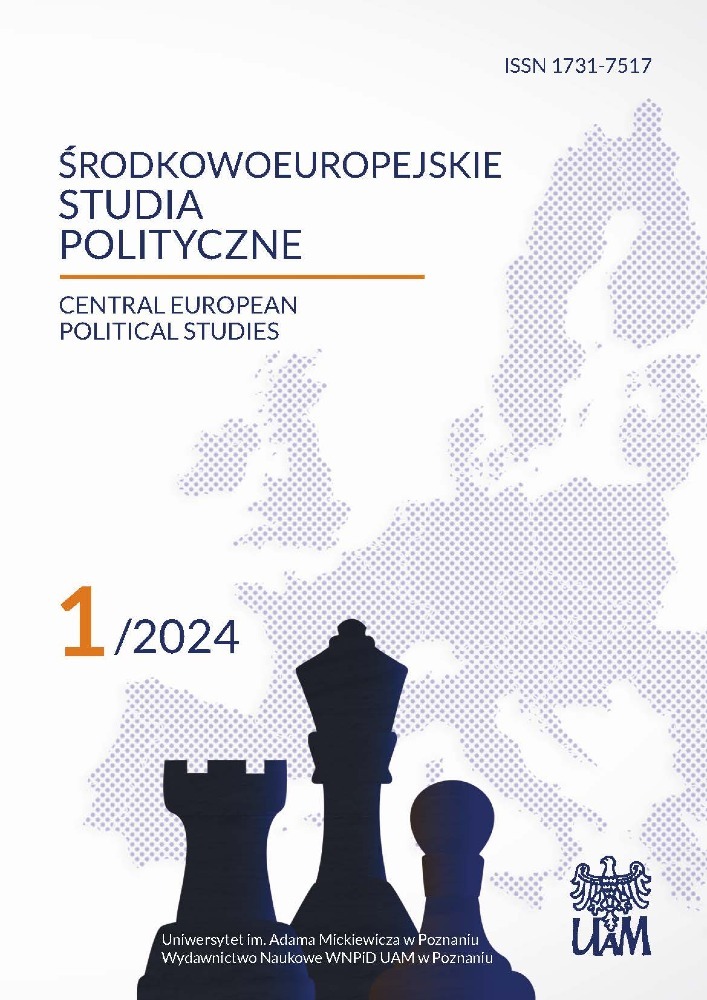Abstract
Starting from the slogan ‘The Private is Political’, resounding in the American women’s liberation movement, a feminist critique of the separation of the private (domestic/family) sphere and the public sphere, in its early modern form, is presented. The private sphere, with women assigned to it, is, on the grounds of early modern political theory, outlawed from the rules deemed to apply to the public world, and impregnated from sound analysis and possible reform. The separation of the private and the political masks the interdependence between the two spheres and serves to legitimise gender inequality. Feminist theory problematizes this divide and reveals the complex interplay between private and public. Two themes stand out in the analysis: the subsumption of women under the family based on liberal theories of the social contract, and the idealisation of the domestic sphere, imagined as an emotional and moral refuge, in opposition to the public world, marked by egoism and impersonality. This construction serves an ideological function, reinforcing the separation attributing women to the home and family.
References
Booth A. (1992), Greatness Engendered: George Eliot and Virginia Woolf, Cornell University Press, Ithaca–London.
Burch K. T. (2012), Democratic Transformations. Eight Conflicts in the Negotiation of American Identity, London–New York.
Dopierała R. (2013), Prywatność w perspektywie zmiany społecznej, Nomos, Kraków.
Finlayson L. (2016), An Introduction to Feminism, Cambridge University Press. DOI: https://doi.org/10.1017/CBO9781316343579
Firestone Sh. (1970), The Dialectic of Sex. The Case for Feminist Revolution, Bantam Books, New York.
Fraser N. (1990), Rethinking the Public Sphere: A Contribution to the Critique of Actually Existing Democracy, “Social Text”, no. 25/26, pp. 56–80. DOI: https://doi.org/10.2307/466240
Fraser N. (2013), Fortunes of Feminism. From State-Managed Capitalism to Neoliberal Crisis, Verso, London–New York. Polish edition: Drogi feminizmu. Od kapitalizmu państwowego do neoliberalnego kryzysu (2014), transl. A. Weseli, Wydawnictwo Krytyki Politycznej, Warsaw.
Gavison R. (1992), Feminism and the Public/Private Distinction, “Stanford Law Review”, Nov., vol. 45, no. 1, pp. 1–45. DOI: https://doi.org/10.2307/1228984
Hanisch C. (1970), The Personal is Political, in: Notes from the Second Year: Women’s Liberation, ed. by A. Koedt, Sh. Firestone, New York.
Hanisch C. (2006), The Personal is Political. The Women’s Liberation Movement classic with a new explanatory introduction, http://www.carolhanisch.org/CHwritings/PIP.html, 05.06.2023.
Hanisch C. (2014), Telltale Words: Depoliticizing the Women’s Liberation Movement, p. 1, speech delivered during conference at Boston University in 2014, http://meetinggroundonline.org/wp-content/uploads/2014/04/CJH-Boston-U-Panel-2.pdf, 05.06.2023.
Kerber K. L. (1988), Separate Spheres, Female Worlds, Woman’s Place: The Rhetoric of Women’s History, “The Journal of American History”, vol. 75, no. 1, (Jun.), pp. 9–39. DOI: https://doi.org/10.2307/1889653
Krause E. (2003), Einführung in die politikwissenschaftliche Geschlechterforschung, Leske + Budrich, Opladen. DOI: https://doi.org/10.1007/978-3-322-99669-5
Millett K. (1970a), Sexual politics: A Manifesto for Revolution, in: Notes from the Second Year: Women’s Liberation, ed. by A. Koedt, Sh. Firestone, New York.
Millett K. (1970b), Sexual Politics, University of Illinois Press, Urbana–Chicago–New York.
Moller Okin S. (1982), Women and the Making of the Sentimental Family, “Philosophy & Public Affairs”, Winter, vol. 11, no. 1, pp. 65–88.
Moller Okin S. (1989), Justice, Gender and the Family, Basic Books, Inc., Publishers, New York.
Moller Okin S. (1991), Gender, the Public and the Private, w: Political Theory Today, ed. D. Held, Stanford University Press, Stanford, California.
Moller Okin S. (1992), Women in Western Political Thought, Princeton University Press, Princeton, New Jersey (first edition, 1979).
Pateman C. (1988), The Sexual Contract, Stanford University Press, Stanford. Polish edition: Kontrakt płci (2014), transl. J. Mikos, Czarna Owca, Warsaw.
Pateman C. (1989), Feminist Critiques of the Public/Private Dichotomy, w: C. Pateman, The Disorder of Women; first published in: S. Benn, G. Gaus (eds.) (1983), Public and Private in Social Life, Croom Helm, St. Martin’s Press, London–New York.
Syguła J. (2009), Pozycja i rola kobiety w rodzinie na ziemiach polskich w XIX stuleciu, Zeszyty Naukowe Uniwersytetu Jagiellońskiego MCCCIV – 2009, Prace Historyczne no. 136, pp. 57–76.
Weintraub J., Kumar K. (eds.) (1997), Public and Private in Thought and Practice. Perspectives on a Grand Dichotomy, The University of Chicago Press, Chicago–London.
Welter B. (1966), The Cult of True Womanhood: 1820–1860, “American Quarterly”, vol. 18, no. 2, Part 1 (Summer), pp. 151–174. DOI: https://doi.org/10.2307/2711179
Woolf V. (1942), Professions for Women, in: The Death of the Moth, and Other Essays, Brace and Company, New York–Harcourt. Polish edition: Praca zawodowa kobiet, in: Eseje wybrane (2015), transl. M. Heydel, Wydawnictwo Karakter, Kraków.
Wysłobocki T. (2022), W cieniu wolności, równości i… gilotyny. Condorcet, pani de Cambis, Olympe de Gouges – nieusłyszane głosy w sprawie równouprawnienia kobiet, in: Partycypacja i wykluczenie. Z teorii i praktyki obywatelstwa, ed. J. Nowotniak, Oficyna Wydawnicza SGH, Warsaw.
Znaniecka Lopata H. (1993), The Interweave of Public and Private: Women’s Challenge to American Society, “Journal of Marriage ant the Family” 55 (February), pp. 176–190. DOI: https://doi.org/10.2307/352967
License

This work is licensed under a Creative Commons Attribution-ShareAlike 4.0 International License.

